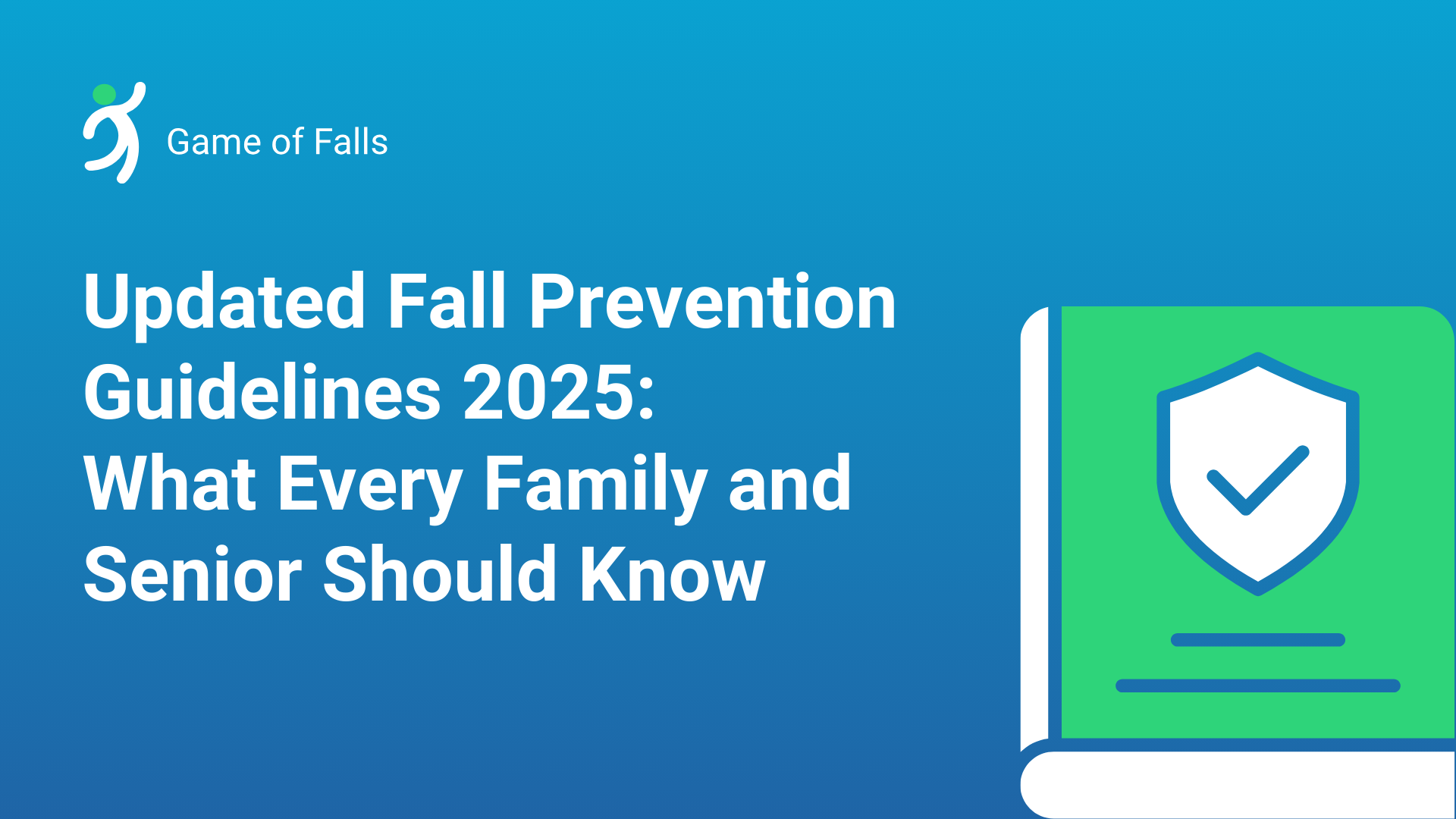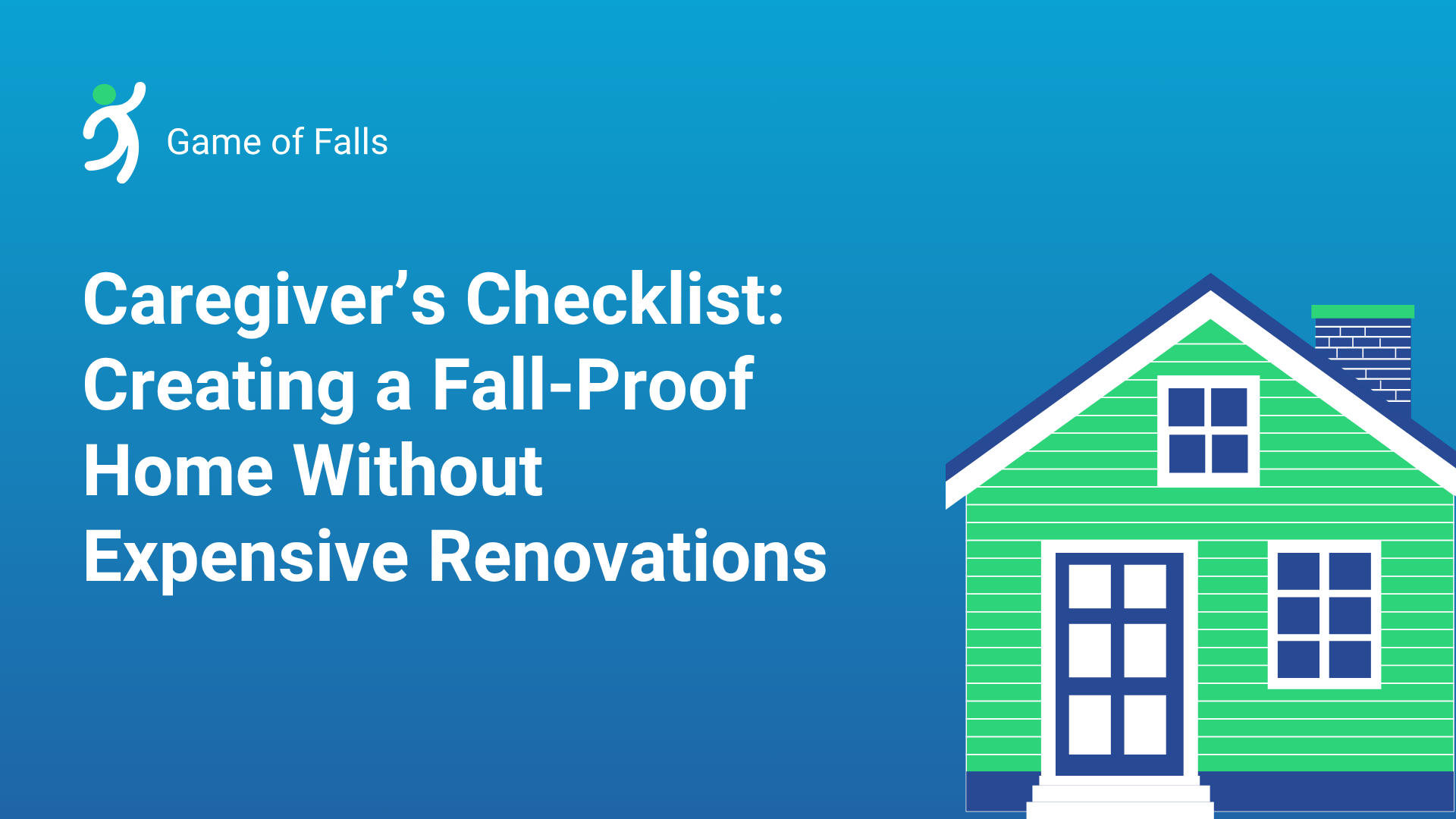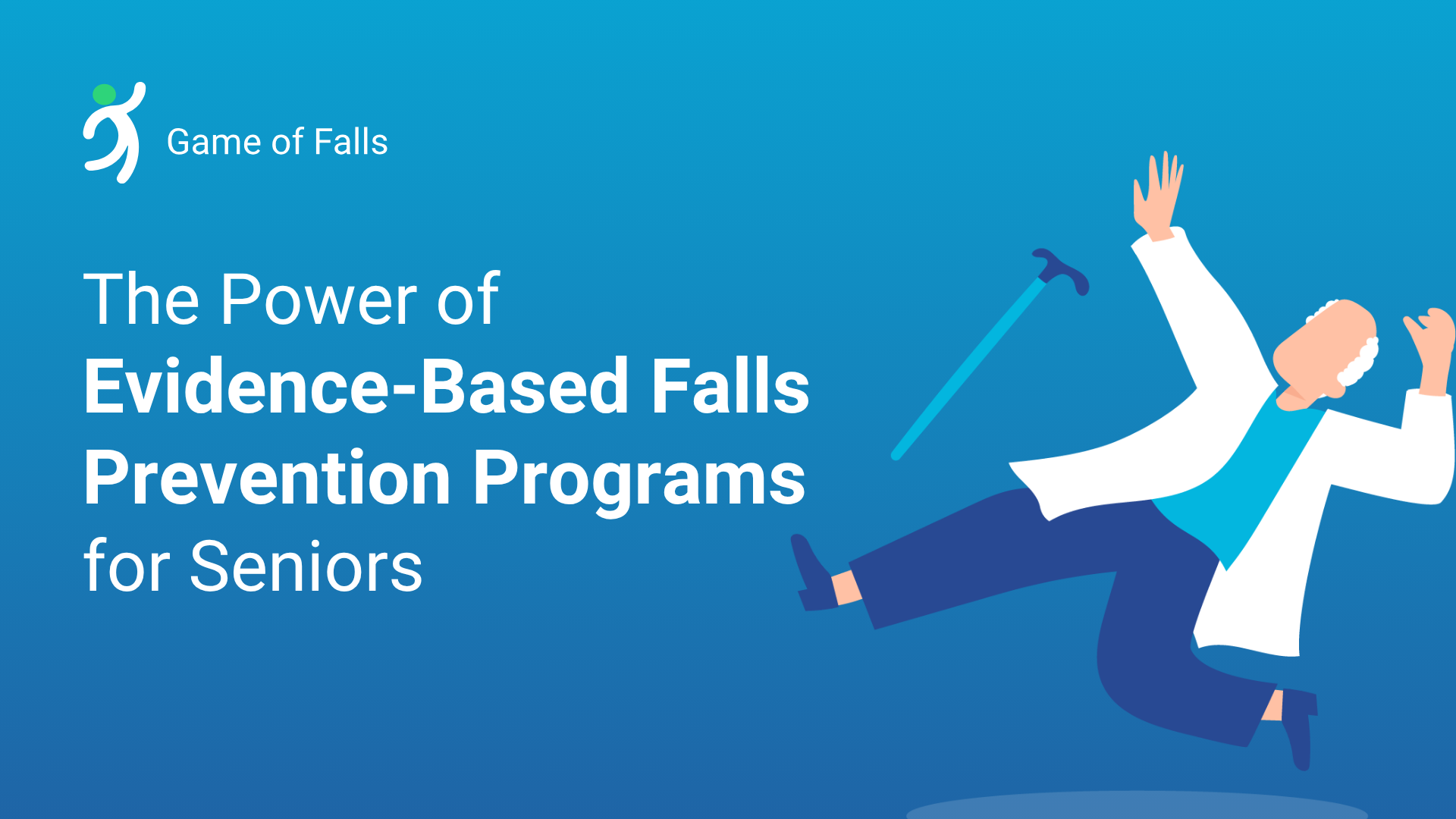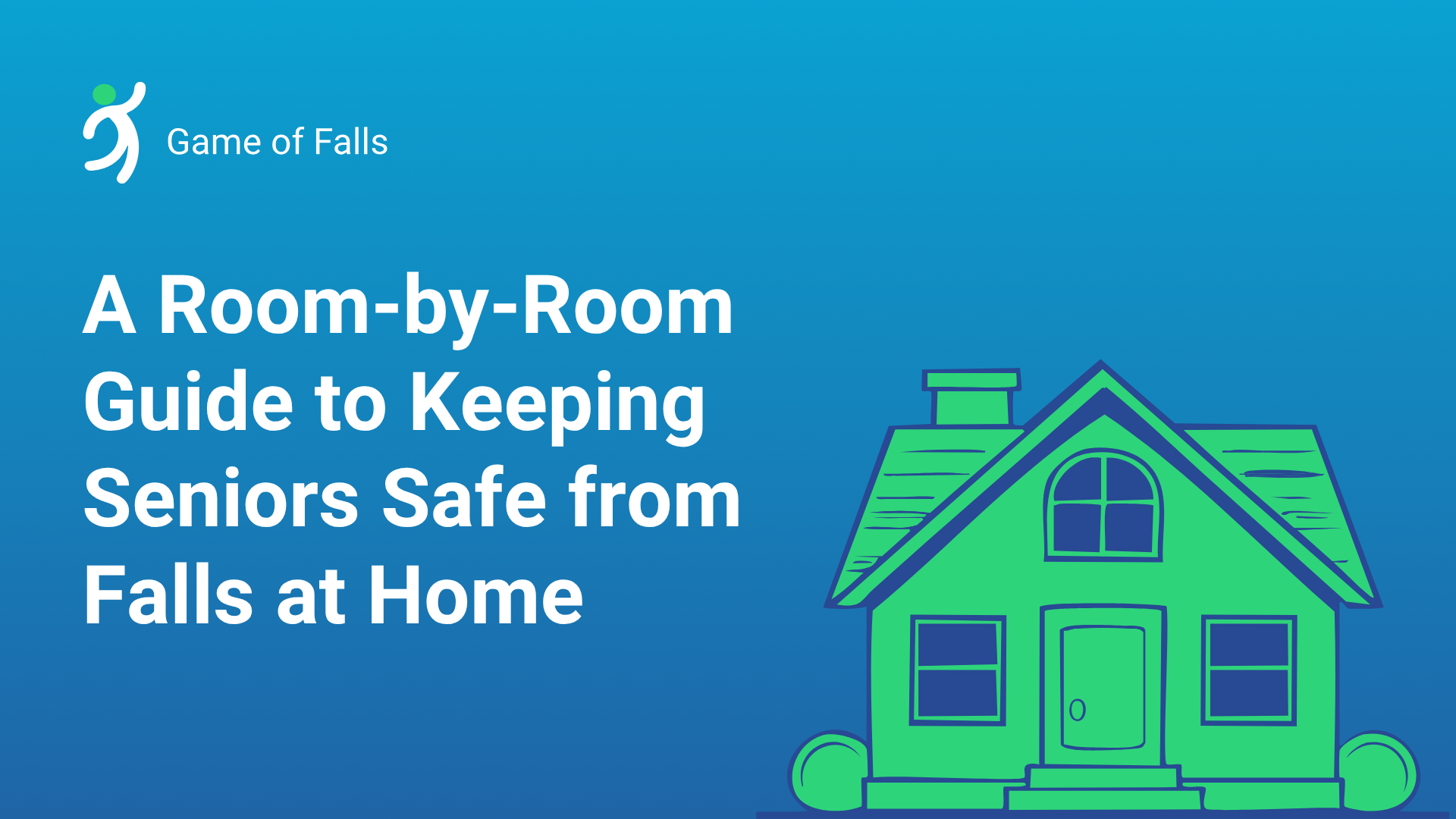
For older adults, having their own space is priceless. But with that independence comes a sneaky risk: falls. The bright side? Many of those falls can be avoided with just a few simple adjustments. Here’s a friendly room-by-room guide to help you make your home safer, while still feeling comfortable and free.
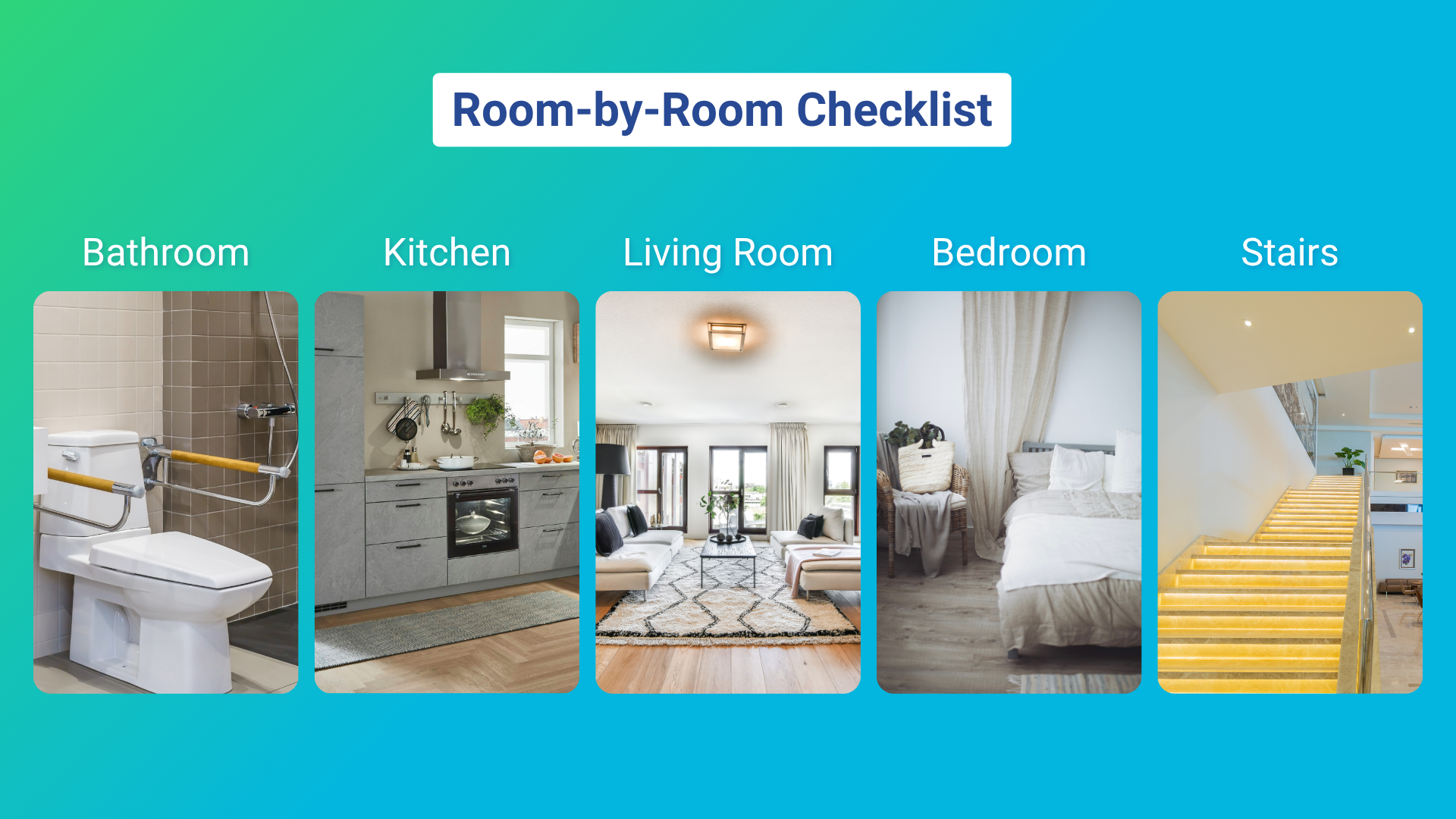
Living Room: Make Moving Around a Breeze
The living room is usually where all the action happens, but loose rugs, cords, and clutter can turn it into a bit of a danger zone.
Here are some handy tips:
- Either take out those area rugs or make sure they have non-slip backing.
- Keep clear paths between furniture and doorways — you don’t want to trip over anything.
- Light it up! Make sure there’s enough light to brighten things up and get rid of those pesky shadows.
- Adjust the furniture heights so it’s easier to sit down and stand up.
- If you’re up for it, consider adding smart lighting that turns on when someone walks in.
- And here’s a little bonus tip: Pick furniture with strong armrests for extra support when getting up or sitting down.
Kitchen: Set Up for Simplicity
A lot of falls happen in the kitchen when folks reach too far or bend down to grab something. A few changes can help reduce that risk right away.
Here’s what you can do:
- Store things you use often where they’re easy to grab — around waist to shoulder height is ideal.
- Invest in a sturdy stool with a handhold instead of a rolling chair for those high shelves.
- Clean up spills quickly, and place non-slip mats near the sink or stove.
- Opt for lightweight pots and pans so you’re not straining your wrists or losing your balance.
- Want a smart upgrade? Think about motion-sensor faucets or stoves that turn off when not in use.
Bathroom: Keep Balance Where It Counts
The bathroom is one of those tricky spots for older adults living solo. Slippery floors and not enough support can really put someone at risk of falling.
Here’s what you can do to boost safety:
- Put grab bars near the toilet and inside the shower.
- A shower chair or bath bench can help folks keep their balance.
- Lay down non-slip mats both in and outside the shower.
- Consider raising the toilet seat a bit for easier access.
- Make sure there’s good lighting in the bathroom, with night lights for those late-night visits.
- As a savvy upgrade, think about anti-slip coatings for tiles or footwear that offers grip.
Bedroom: Make it Safe and Serene
Those late-night trips to the restroom can lead to falls in the bedroom, especially if someone is tired. So the aim here is to improve visibility and cut down on unnecessary movement.
Here’s the plan:
- Set up a sturdy chair close to the bed for getting dressed or undressed.
- Keep the pathway to the bathroom free of cords, rugs, and clutter.
- Use a nightstand with drawers that you can easily reach for essentials like glasses or medication.
- Add motion-sensor lights along the floor to guide the way.
- Ensure the bed is at a height that makes getting in and out simple.
- And here’s a great tip: Keep a phone or fall alert device right next to the bed, just in case.
Hallways and Entrances: Safety Starts Here
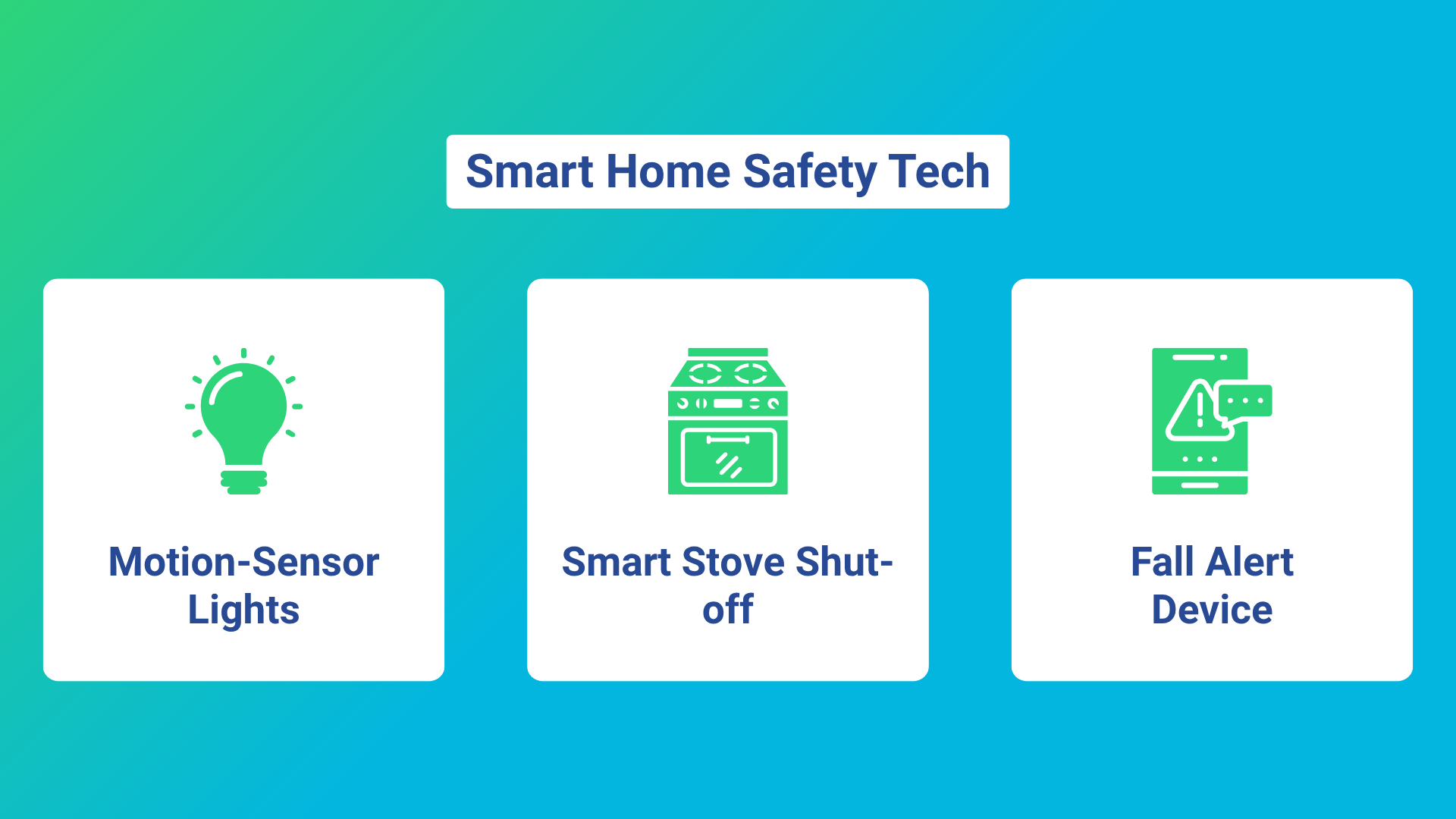
Don’t overlook entrances and hallways; they connect everything in your home. Keeping these areas clear and well-lit is super important.
Here’s how to make them safer:
- Get rid of any decorative stuff or furniture that squeezes the space.
- Install sturdy railings on staircases, and if you can, add one on both sides for extra support.
- Use contrasting tape at the edges of steps to help folks see where the stairs are.
- Leave shoes by the door so no one slips around in socks on slippery floors.
- As a smart upgrade, motion sensor mats can alert caregivers if someone takes a fall near the entryway.
- Playing Game of Falls also helps seniors steer clear of fall hazards at home and keeps their minds sharp.
Wrapping It Up
Preventing falls isn’t about taking away someone’s independence — it’s really about giving them the support they need. With some thoughtful tweaks and smart layouts, older adults can keep thriving in their own homes. Whether you decide to invest in technology or simply rearrange things a bit, every small change can make a big difference in keeping seniors safe and active.
Falls among older adults remain a top public health concern in the United States. They cause serious injuries, loss of independence, and even death. To address these challenges with fresh focus and innovation, the US has introduced updated Fall Prevention Guidelines in 2025. These new recommendations offer families and seniors actionable strategies to prevent falls […]
For many seniors living in the U.S., home isn’t just a place; it’s a feeling. Until a fall happens. Falls can be a huge deal for older adults, and they’re actually the top cause of injuries in this age group. The good news, though, is that most of these tumbles happen at home, and with […]
So, picture this: every 11 seconds, an older adult finds themselves in an emergency room due to a fall. Yikes, right? Falls might be the top culprit for injuries among seniors, but here’s the silver lining—most of these accidents can be avoided. With the right falls prevention programs rooted in evidence and some smart home […]
If you’re caring for an aging parent or planning for your own future, you’ve probably wondered how technology can help make senior care better, safer, and more comfortable. The good news? We’re living through an incredible time of innovation that’s transforming how we approach aging and caregiving. Let’s explore the exciting developments that are making […]

